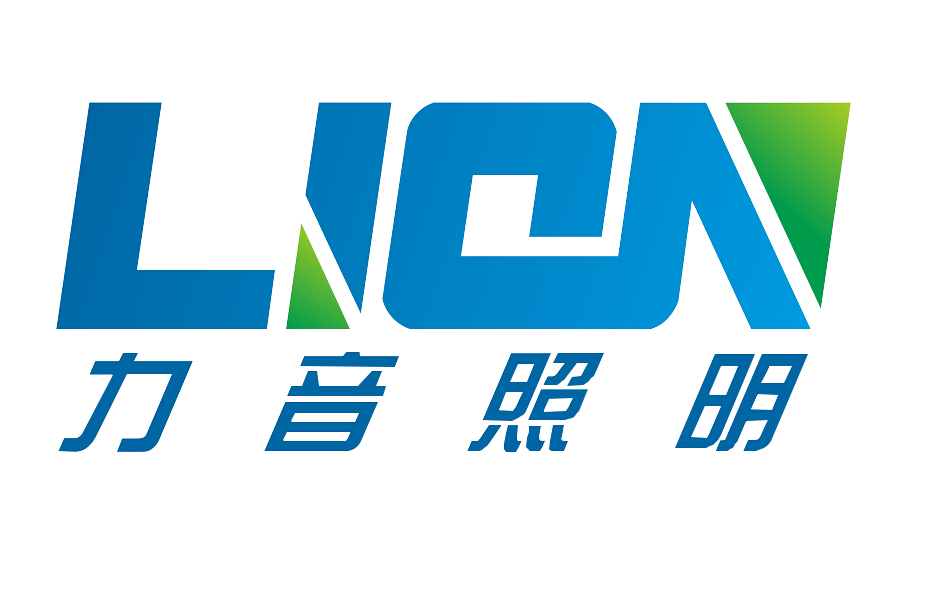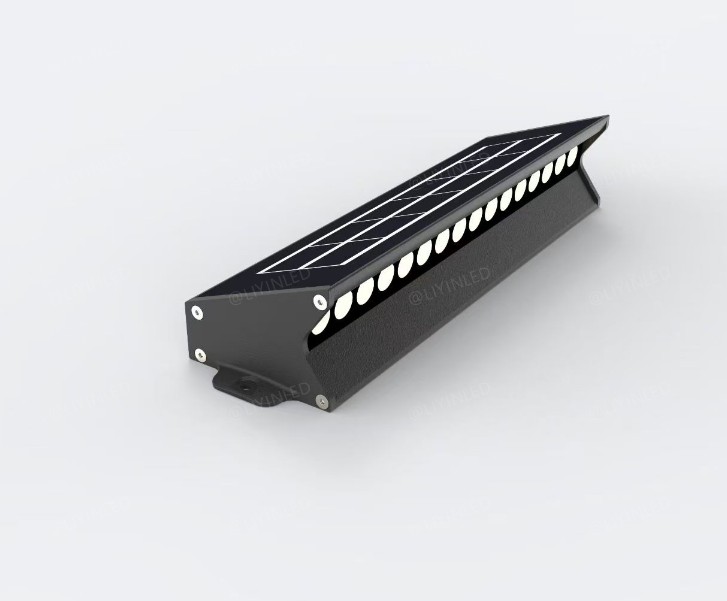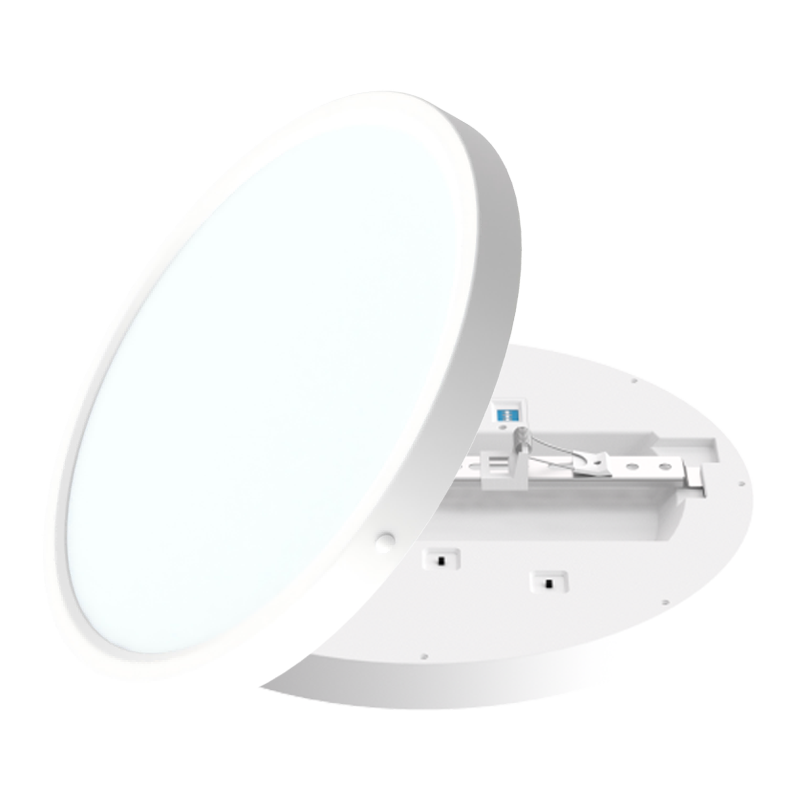🔥 1. Thermal Management Bottlenecks (Core Constraint)
Joule's Law Constraint:
85-90% of input power converts to heat (P_loss = P_in × (1 - η)).
Example: A 50W fixture generates 45W of heat (at η=100 lm/W efficacy).
Heat Conduction Path Limits:
Thermal resistance chain formula: R_total = R_jc + R_cs + R_sa.
Fixed散热area keeps R_sa constant, causing chip junction temperature to spike linearly:
T_j = T_a + P_loss × R_total.
Temperature Impact on Reliability:
Junction temperature ↑10°C = LED lifespan decay rate doubles (Arrhenius model).
85°C accelerates lumen degradation: 30% output loss at 3,000 hours.
📌 2. Physical Space Limitations
PCB Layout Density Cap:
FR4 substrates max. power density: <2 W/cm².
COB packaging achieves ≤3.5 W/cm² (requires forced cooling).
Secondary Optical Design Challenges:
High power demands precise luminous flux control to avoid glare (>10^6 cd/m²).
Étendue conservation law: ε = n² × A × Ω (n=refractive index, A=area, Ω=solid angle) limits light redistribution.
🔧 3. Electronic Driver Design Hurdles
Switching Loss Surge:
MOSFET losses: P_sw = 0.5 × V_ds × I_d × (t_r + t_f) × f_sw.
↑30% power → ↓5-8% driver efficiency.
EMC Filter Size Constraints:
Cutoff frequency f_c = 1/(2π√(LC)) complicates EMI suppression (150kHz–30MHz) in compact designs.
🛡 4. Safety & Certification Barriers
Insulation Material CTI:
600V systems require ≥3.2mm creepage distance (Material Group IIIb, IEC 60598).
Plastic RTI Rating:
Relative Thermal Index must exceed operating temp. by +20°C (UL746B).
Thermal Deformation Risk:
Polycarbonate (PC) HDT=130°C – local hotspots reach 110°C at power density >8W/cm³.
💡 5. Light Quality Preservation
Chromatic Shift:
Phosphor saturation at high current causes ∆u'v' >0.003 (per CIE 1976).
Lens Degradation:
PC lenses ↑15 Yellowness Index (YI) after 1,000 hrs at 90°C (ASTM D6290).
⚡ Breakthrough Solutions (Cutting-Edge Practices)
🔍 Industry Data
Max. Power Density Limits:
| Type | Natural Convection | Forced Cooling |
|---|---|---|
| SMD | ≤15 W/cm² | N/A |
| COB | ≤25 W/cm² | ≤58 W/cm²* |
Lab Innovations:
Vapor chamber + microchannel cooling: 42 W/cm² (3mm thickness).
AlN ceramic COB + liquid cooling: 58 W/cm² (current lab record).
✅ Procurement Recommendations:
Thermal Validation: Use FLIR T1k thermal imaging to verify real-world temps.
Reliability Reports: Demand LM-80 + TM-21 accelerated aging test data.
High-Power Scenarios: Opt for modular COB arrays + external drivers.
Technological Note: These approaches bypass single-fixture thermal limits while maintaining optical control.



